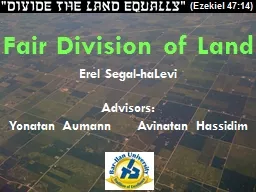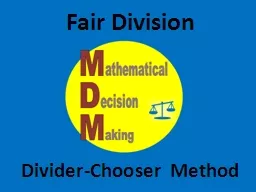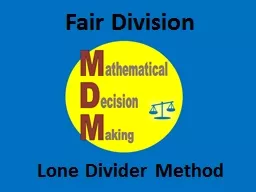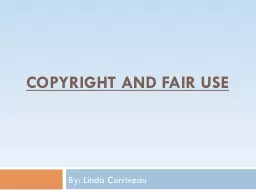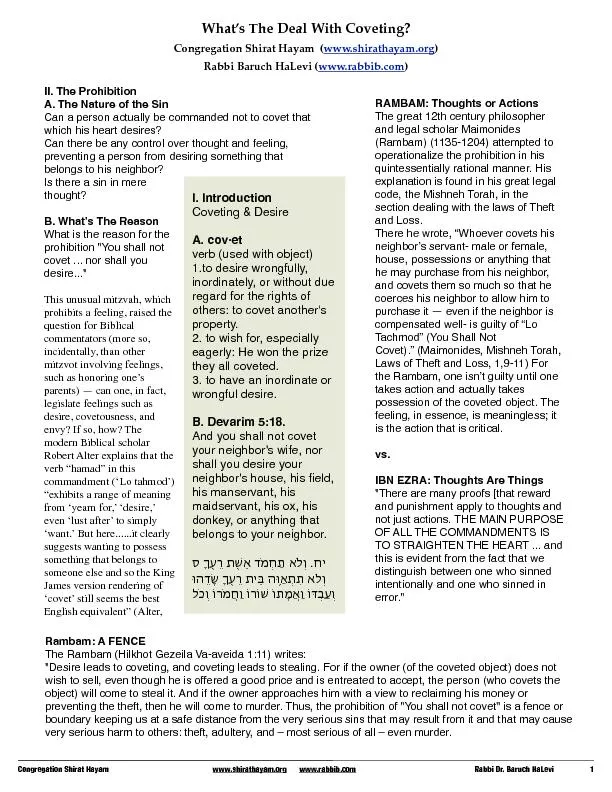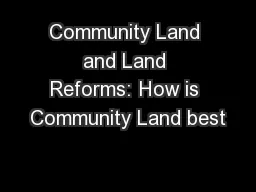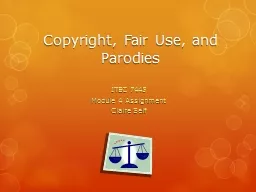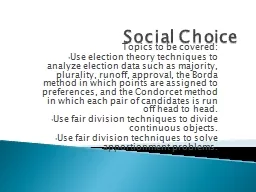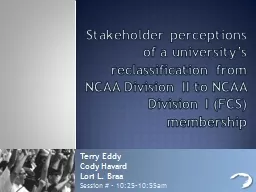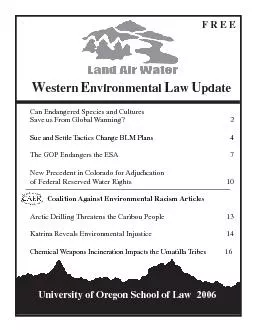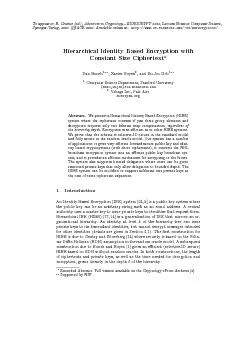PPT-Fair Division of Land Erel Segal-haLevi
Author : accouther | Published Date : 2020-10-22
Advisors Yonatan Aumann Avinatan Hassidim Ezekiel 4714 1 Geometry 2 Redivision More land More people 3 Family ownership 4 Landvalue data
Presentation Embed Code
Download Presentation
Download Presentation The PPT/PDF document "Fair Division of Land Erel Segal-haLevi" is the property of its rightful owner. Permission is granted to download and print the materials on this website for personal, non-commercial use only, and to display it on your personal computer provided you do not modify the materials and that you retain all copyright notices contained in the materials. By downloading content from our website, you accept the terms of this agreement.
Fair Division of Land Erel Segal-haLevi: Transcript
Download Rules Of Document
"Fair Division of Land Erel Segal-haLevi"The content belongs to its owner. You may download and print it for personal use, without modification, and keep all copyright notices. By downloading, you agree to these terms.
Related Documents

